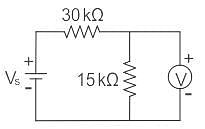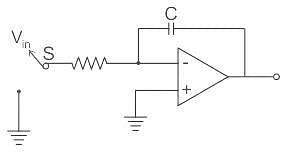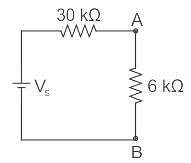Test: Digital Voltmeter (DVM) - Electrical Engineering (EE) MCQ
10 Questions MCQ Test GATE Electrical Engineering (EE) Mock Test Series 2025 - Test: Digital Voltmeter (DVM)
In a dual slope integrating type DVM, the accuracy of measured voltage ________ on the integrating time constant and ______ of frequency of oscillation.
What is the resolution of 4-digit digital measuring instrument?
Which of the following is an advantage of the analog multimeter over the digital multimeter?
In a digital voltmeter, during start of conversion, zero indication is displayed and is called auto zeroing. This is achieved by
A DVM has a 3½ digit display. The 1-volt range can read upon
In a digital multi-meter, AC voltage, DC current, AC current and resistance are first converted into equivalent ________ by a device and then measured with the help of a digital voltmeter.
A reading of 100V on a digital multimeter ranges from 97V to 103V. Compute the accuracy.
A voltmeter connected across 15 kΩ resistor reads 10 V in the circuit given. Voltmeter is rated at 500 Ω / volt and has a full- scale reading of 20 V. The supply voltage is:

Multiplication features are incorporated in an ohmmeter to enable the meter to ________.
|
25 docs|247 tests
|
|
25 docs|247 tests
|
















 digit voltmeter has the resolution of
digit voltmeter has the resolution of



















